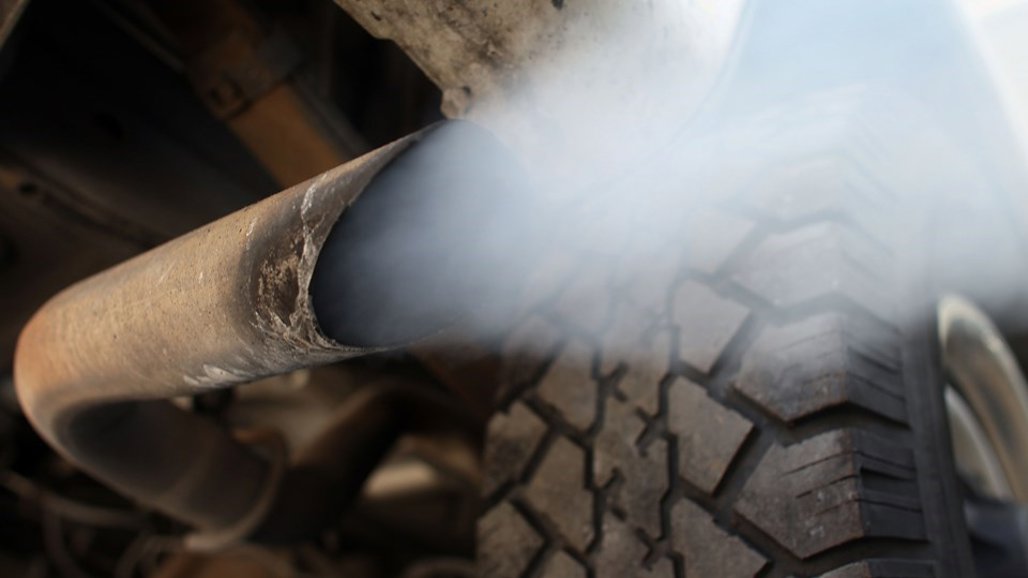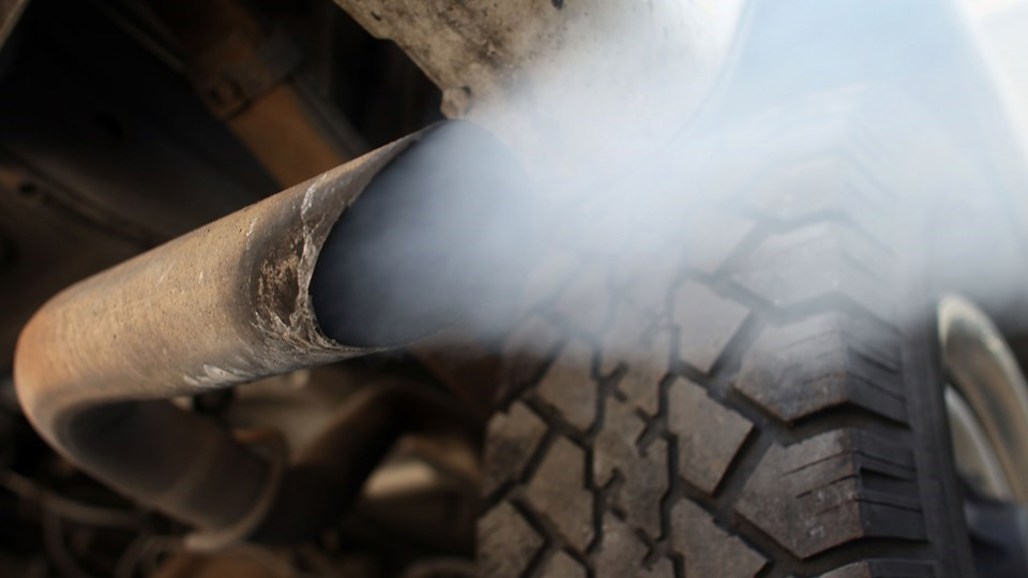The new tweaks to the Government's Clean Car Discount policy has shifted the goal posts for hybrids and topped up the pool by $100 million, but what does that actually mean for a car buyer?
In broad strokes, it will mean that many hybrids are no longer eligible for a rebate, while a lot of straight-ICE vehicles that sat in the zero band (no fee, no rebate) will now be hit with a fee.
The top rebate for a brand new EV has dropped by $1610, while the top fee for a high-emitter has risen by $1725. The $80,000 cutoff for rebates still applies.
However, the way the fees and rebates are calculated has also been changed, with the previous calculations being simplified, but it does mean that high emitters (and New Zealand's favourite new vehicles - double cab utes) will be hit even harder with financial penalties.
0g/km of CO2
At the full rebate end of the scheme, brand new EVs under the $80k cutoff see a $1610 drop in the available rebate, going from a $8625 down to $7015. Used EV buyers will get a slight increase, with the top rebate going from $3450 to $3507.50.
1 to 100g/km of CO2
For new vehicles that emit between one and 100 grams of carbon dioxide per kilometre (this is generally plug-in hybrids) the rebate will reduce by around $1500 to $1700 (with used imports seeing a drop of between $200 and $500), with a new calculation that starts with a base rebate of $1725 applied to a vehicle that emits 100 grams, plus $57.50 for each gram below that, up to a maximum of $4025. Used imports are half this.
This basically replaces what was previously the "1 to 56g" range (where new vehicles were eligible for a rebate of $5750, while newly-registered used vehicles were eligible for a $2000+GST rebate) and the "57 to 146g" range (where the rebate was calculated by taking the full amount of $8625 and deducting the result of “emissions X $50 X 130/145” for new vehicles and “emissions X $20 X 130/145” deducted from the maximum rebate of $3000+GST for freshly imported used vehicles).
101 to 149g of CO2
The "zero band" - where a vehicle attracts neither a rebate nor a fee - has shifted from its previous range of 147 to 192g/km of CO2 down to 101 to 149g.
This means that vehicles that emit between 101g and 147g that previously received a rebate will no longer get one, while cars between 149g and 192g that previously didn't attract a fee now do.
This means that a number of hybrids like the Toyota Corolla hybrid will likely no longer be eligible for a rebate (101g/km under the 3P-WLTP conversion used by the Government), neither will small ICE cars like the Suzuki Swift (117g to 132g depending on model) or Opel Mokka (130g), while a number of medium SUVs that were previously in the zero band will now attract a fee, such as the AWD Mazda CX-5 (191g) and Honda CR-V (188g).
150g to 191g of CO2
Previously in the zero band, the new fee for these vehicles is now calculated as a base charge of $575, plus $57.50 for each additional gram of CO2 above 150g for new vehicles or half that for freshly imported used vehicles.
192g of CO2 and above
The same calculation is used at the high-emitter full-fee end of the spectrum, however the maximum fee will jump from the current limit of $5175 up to a new maximum of $6900 for new vehicles and from $2875 up to $3450 for used imports.
This is where what will no doubt be the most controversial changes to the programme will lie, with the likes of a new 2.0-litre bi-turbo Ford Ranger Wildtrak jumping from an indicative fee on the RightCar website of $2587.50 up to $5232.50 under the new calculations, while the V6 version will go from $3910 to $6555.
A special rebate for low emission disability vehicles is also being introduced, with a rebate of $11,500 available on EVs and $5750 on plugin-hybrids or hybrids. Brand new and used imports will receive the same dollar amounts.





